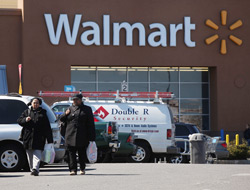Fort that reason, I'm gratified to learn that the ACLU in Arizona took it upon themselves to fund a study to determine whether tasers are being systematically abused by Arizona law enforcement agencies. The results of that study should not surprise anyone. From the Executive Summary:
Many U.S. law enforcement and correctional agencies in the United States are using Tasers today. In Arizona, where TASER International has its corporate headquarters, the American Civil Liberties Union (ACLU) of Arizona asked large police departments and sheriff’s offices about the number and percentage of officers armed with a Taser; virtually every sworn officer is provided with one.... However, all too often, Tasers are used “preemptively” against citizens that do not present an imminent safety threat, and even offensively as a pain compliance tool. What’s more, both TASER International training materials and agency policies anticipate that officers will use the weapon as a pain compliance tool.


















